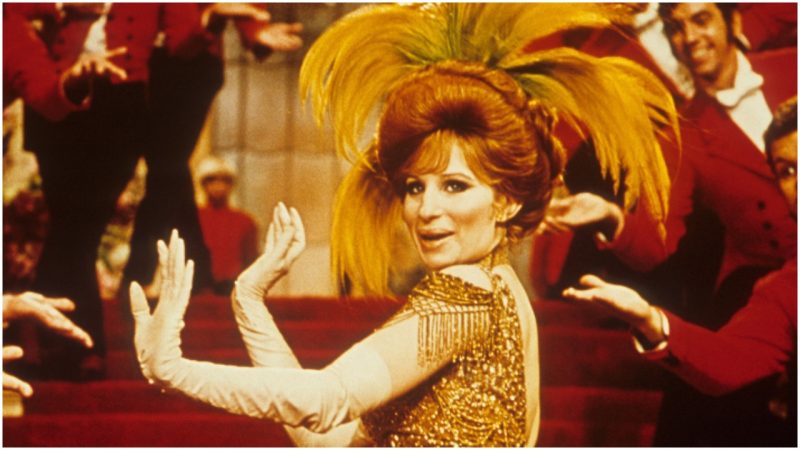When you think about the 1960s, certain things immediately spring to mind, from the Vietnam War and the civil-rights movement to the explosion of the counterculture. Musically, it was a decade that saw the British invasion, with the Beatles and the Rolling Stones, and the arrival of the singer-songwriter in artists such as Bob Dylan and Joni Mitchell.
But what you may not realize is that the 1960s was also the heyday of Broadway musicals being adapted for the big screen, and in magnificently big-budget fashion. The film adaptations of West Side Story, Music Man, The Sound of Music, Oliver!, Funny Girl, Gypsy, My Fair Lady, and Bye-Bye Birdie followed a tradition of stage to screen established in the 1950s with hits like South Pacific, Guys and Dolls, and Oklahoma. These 1960s musicals were beloved by both audiences and award shows–they made a ton of money and racked up a whole lot of Oscars. The songs, the sets, the costumes! Sometimes film critics sniffed at the films’ corniness, but nobody seemed to care.
So in 1964, when Hello, Dolly!, the story of an 1890s matchmaker named Dolly Levi finding love with a man she’s supposed to match, became the toast of Broadway, it was obvious that the next move would be turning it into a film.
No one could have foreseen the pain that awaited.
The heads of Twentieth-Century Fox, the studio which had enjoyed a tremendous success with The Sound of Music, went after the film rights for Hello, Dolly! They made a deal with producer David Merrick, who stipulated that the movie could not be released while the play was still running on Broadway. To direct the film, Fox hired Gene Kelly, the singer-dancer legend who had transitioned into directing and had a success with A Guide for the Married Man in 1967, starring Walter Matthau. While Gene Kelly was a household name for his smiling role in Singin’ in the Rain, he had a few sharp edges. Kelly had taken a meeting with the producers of The Sound of Music and turned it down with the memorable words “Find someone else to direct this s—.”
Unsurprisingly, Kelly cast Matthau as the male lead of Hello, Dolly! The part of Horace Vandergelder, a “half-millionaire” widower known for his grumpiness, seemed perfect for Matthau, who is perhaps most famous today for playing the sarcastic slob Oscar Madison in The Odd Couple.
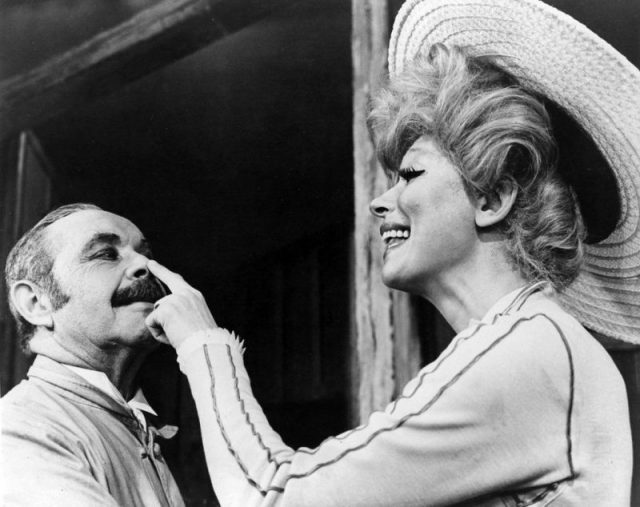
The debate over which actresses best transition from stage to screen has always been a lively one. Julie Andrews was rejected in favor of Audrey Hepburn for My Fair Lady but Andrews kept the lead role in Sound of Music, for example. West Side Story producers cast not a stage actress but film ingenue Natalie Wood as Maria–and then dubbed her singing. But when it came to Hello, Dolly!, everyone was in agreement about the title role. Carol Channing, who created the iconic character of Dolly Levi for Hello, Dolly!, was magnificent–and she would have to go.
Channing was 43 years old and a stage star when Hello, Dolly! premiered on Broadway, just the right age for the part. She not only won a Tony but became a national sensation with her brassy warmth and her “huge eyes and monumental smile.” At the 1964 Democratic National Convention, she sang, “Hello Lyndon” to President Lyndon Johnson.
But Channing didn’t have a lot of film experience, and there were concerns that her looks–once described by People magazine as “megawattage Kewpie doll”–wouldn’t translate well on the big screen. Among the actresses considered for Dolly Levi were Elizabeth Taylor, Doris Day, and Shirley MacLaine. Julie Andrews reportedly turned it down.
The eventual choice was a newcomer. One of the biggest hits of 1968 was Funny Girl. America fell in love with Barbra Streisand, the self-deprecating, jokes-cracking, talented, vulnerable Fanny Brice who finds love with Nicky Arnstein (Omar Shariff), only to lose him in the end. The film hadn’t quite come out yet, but buzz was strong, and the producers of Hello, Dolly! decided Streisand would be perfect for the lead role, despite the fact that Dolly Levi was supposed to be a glamorous middle-aged widow, and Streisand was 26 years old, fresh from Brooklyn.
At first the priority was not dealing with a possible miscasting but finding good locations. The story takes place in 1890s Yonkers and New York City. Needless to say, to use the real NYC for any exterior sets would have been a challenge–the city was a crime-ridden, garbage-piled, urban nightmare headed for near-bankruptcy. Nearby Yonkers was not much better. The film’s producers decided to transform the upstate town of Garrison, New York, into a turn of the century Yonkers. The grounds of West Point military academy were also used. “New York City” scenes were filmed on the studio lot in Los Angeles. Big-spending Twentieth Century Fox reportedly funneled $2 million into re-creating historic Fifth Avenue in L.A.
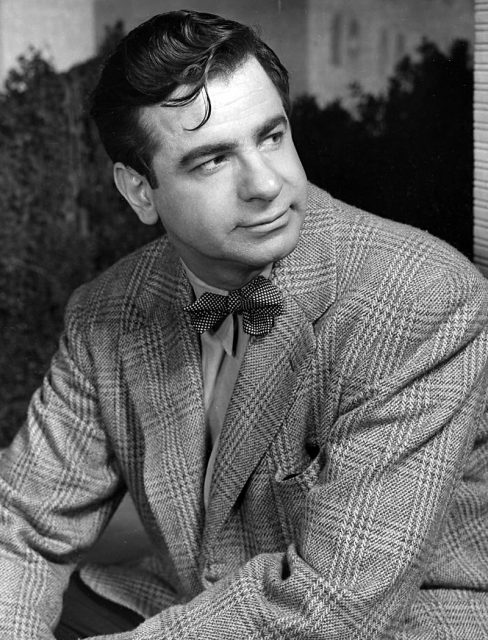
Once filming began, it didn’t take long for Walter Matthau and Barbra Streisand, who were separated in age by 22 years, to start arguing. Streisand was known for requesting retakes on Funny Girl, and when she started doing it on Hello, Dolly!, Matthau, who had just won an Oscar for The Fortune Cookie, was annoyed and then outraged. He called her “Miss Ptomaine.” As things deteriorated further, he refused to be in the same room with the actress who was supposed to be his love interest, except when they were filming a scene.
“I have more talent in my smallest fart than she does in her entire body,” Matthau was quoted as saying.
And that was not all. Matthau also said, “The trouble with Barbra is that she became a star long before she became an actress. Which is a pity, because if she learned her trade properly, she might become a competent actress instead of a freak attraction–like a boa constrictor.”
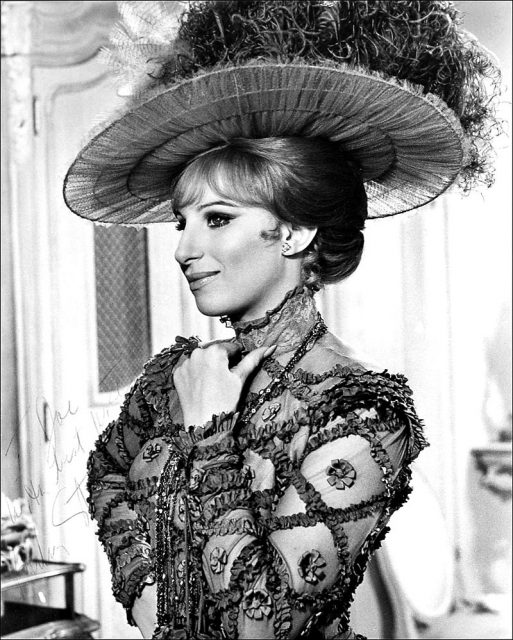
As for Streisand, she loathed him just as much, calling him “old sewer mouth.” When it came time for the two to kiss at their wedding, Matthau refused to do it, and a variety of camera angles were used to create the impression that their lips touched without actually meeting.
No less a writer than Nora Ephron, profiling Streisand for Good Housekeeping magazine, reported on the personality clashes, and took Streisand’s side. Wrote Ephron: “People who worked on Hello, Dolly! insisted that Matthau was to blame for the difficulty. ‘It’s a very simple story,’ said a friend of mine who was there. ‘She’s twenty-six years old and she’s the biggest star in town. Can you imagine how a big spoiled crybaby like Matthau reacts to playing second fiddle to that?’ Matthau reportedly became so upset he went to complain to Richard Zanuck, the head of 20th Century-Fox. ‘Do I need a heart attack?’ asked Matthau. ‘Do I need an ulcer?’ Zanuck listened politely until Matthau finished whining. ‘I’d like to help you out,’ he replied, ‘but the film is not called Hello, Walter.’ ”
Like a stomach virus aboard a cruise liner, the strife kept spreading on the set of Hello, Dolly! Streisand didn’t get along with director Gene Kelly either, and they argued throughout filming. The screenwriter, Ernest Lehman, said Streisand and Kelly were not “meant to communicate on this Earth.” It seems that choreographer Michael Kidd had problems with not only Gene Kelly but the film’s costume designer and wouldn’t communicate with the latter.
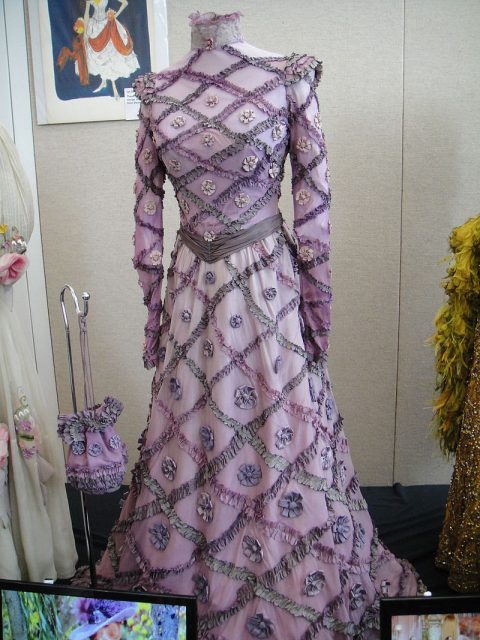
Author: Doug Kline CC BY 2.0
Walter Matthau turned against another of his co-stars, Michael Crawford, who would find fame later as the Phantom in The Phantom of the Opera, over a bet. On a break from filming, Matthau and Crawford visited the horse races nearby and saw a horse named Hello Dolly. Matthau refused to place a bet on it because of his hatred for Streisand. Crawford did–and the horse won. Matthau would not speak to Crawford for the rest of the shoot unless he had to.
Not even the costumes cooperated. A gold-beaded gown Streisand wore in one scene weighed 40 pounds, cost $8,000, and had a long train. Twice during rehearsals, she tripped over the nearly three-foot-long train. After dancers tripped over it t0o, the train was removed.
Screenwriter Lehman later said of Hello, Dolly!: “The intrigues, the bitterness, the backbiting, the deceits, the misery, the gloom. Most unpleasant. It’s quite amazing what people go through to make something entertaining for others.”
Mercifully, the shooting finished, and the producers were desperate to get their movie, which had gone significantly over budget, into the theaters and start making money. But this is when David Merrick’s stipulation came back to haunt them. The stage version was still going strong on Broadway–a new all-black-cast version starring Pearl Bailey was a big hit. Film release was delayed for months.
Hello, Dolly! finally premiered in December of 1969, with fans of Streisand lining up around the block to see it. Critics were lukewarm, and the film did not do at all well for Twentieth Century Fox. The deeper problem was that by this time, audiences were interested in stories like The Graduate and Easy Rider, not the marriage problems of Horace Vandergelder.
Gene Kelly never directed another Broadway musical adaptation, returning to acting, though he made unfortunate choices in Xanadu and Viva Knievel!, co-starring Evel Knievel. The careers of Barbra Streisand and Walter Matthau did not suffer, however. She went from triumph to triumph. Streisand rarely talked about the film in later interviews, besides the fact that she shouldn’t have taken the part because she was just “too young.”
The film has its fans, admired for its art direction, which won an Oscar, and its musical score. Many feel the highlight of Hello, Dolly! has nothing to do with Streisand or Matthau. It’s Louis Armstrong singing the title song, “Hello, Dolly!” When it was released as a single, the song became a massive hit, reaching number one on the U.S. Billboard charts and ending a Beatles’ streak of three number-one hits in a row. Louis Armstrong’s rendition of “Hello, Dolly!” was inducted into the Grammy Hall of Fame in 2001.
